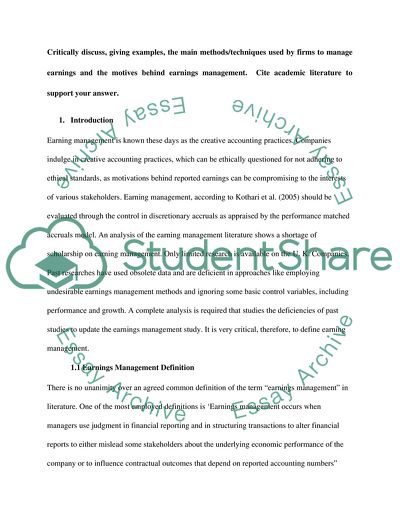Cite this document
(Financial Reporting Coursework Essay Example | Topics and Well Written Essays - 2750 words, n.d.)
Financial Reporting Coursework Essay Example | Topics and Well Written Essays - 2750 words. https://studentshare.org/finance-accounting/1792130-financial-reporting-coursework
Financial Reporting Coursework Essay Example | Topics and Well Written Essays - 2750 words. https://studentshare.org/finance-accounting/1792130-financial-reporting-coursework
(Financial Reporting Coursework Essay Example | Topics and Well Written Essays - 2750 Words)
Financial Reporting Coursework Essay Example | Topics and Well Written Essays - 2750 Words. https://studentshare.org/finance-accounting/1792130-financial-reporting-coursework.
Financial Reporting Coursework Essay Example | Topics and Well Written Essays - 2750 Words. https://studentshare.org/finance-accounting/1792130-financial-reporting-coursework.
“Financial Reporting Coursework Essay Example | Topics and Well Written Essays - 2750 Words”. https://studentshare.org/finance-accounting/1792130-financial-reporting-coursework.


